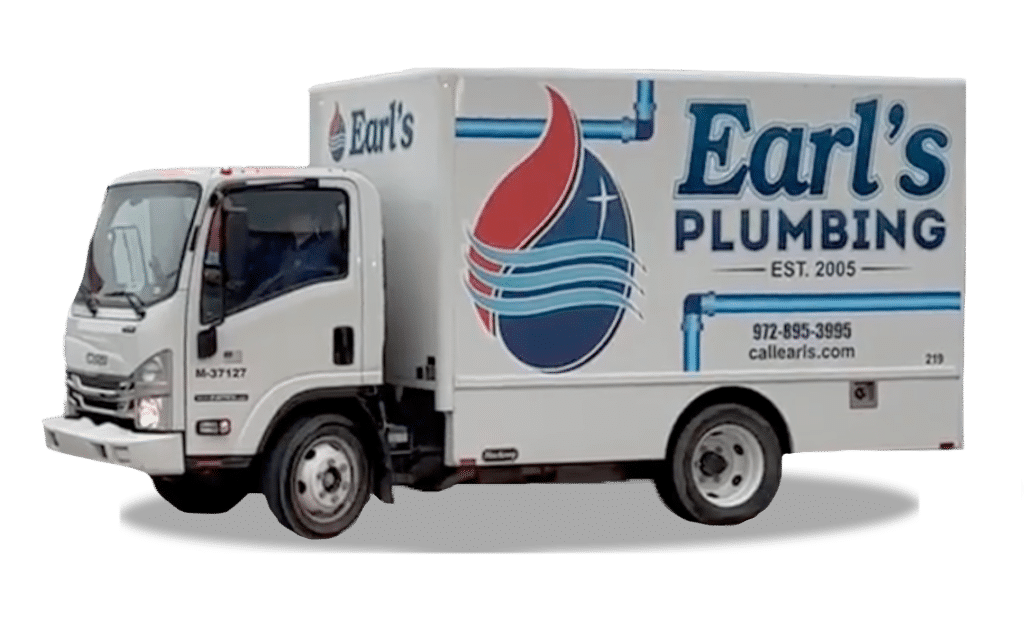Emergency Water Shut-Off Devices to Protect Frisco Homes
The worst type of leak is one you don’t see—or one that comes on so suddenly it’s hard to avoid catastrophe. Whether it’s coming from behind the walls or a malfunctioning appliance, a hidden or intense leak can rapidly wreak havoc on your home, releasing hundreds of gallons of water an hour. Thankfully, there is a way to stop water at the source the moment moisture is detected, saving your belongings, your property, and your wallet.
Emergency water shut-offs are valves that are designed to activate automatically in the case of an emergency. From basic valves triggered by moisture to app-based Smart Home versions that integrate with your home’s water supply, let Earl’s Plumbing set you up with the ideal home safety and preventative loss mitigation solution!
Types of Smart Water Shut-Off Devices We Service
At Earl’s Plumbing, we supply and strongly recommend a product called Flood Stop. This point-of-use, moisture-activated shutoff valve terminates the water flow immediately upon sensing any moisture while also producing an audible alarm. These devices are incredibly sensitive, long-lasting, and highly suggested if your water heater (tank or tankless) is above a living area. Flood Stop makes other products for washing machines, dishwashers, and other leak-prone areas.
We have also installed smart whole-home flow monitoring systems like the Moen Flo. If you’re a frequent out-of-town traveler or a dual-income family away from the house most of the day, this type of system is one to consider. WiFi-enabled and app-based, this monitoring system learns your habits and alerts you when it detects a leak or changes in your home’s water usage.

Request a Plumbing Estimate Today
"*" indicates required fields
Answers to Your Frequently Asked Questions
At Earl’s Plumbing, we’ve seen a lot of burst pipes and water-damaged homes that could have been saved by an automatic water shut-off valve. We’re happy to answer any questions you may have!
A Flood Stop system can prevent a lot of catastrophes, especially if you have appliances like water heaters or washing machines in upstairs locations.
Earl’s Plumbing also strongly encourages some sort of emergency water shut-off valve for water heater installations that are in the attic. Although water heaters are no longer allowed to be installed in attics, there are easily over a half-million homes in our service area with this setup. From about 2003 to 2014, “attic installation” was the most common water heater installation in Frisco, McKinney, Plano, and surrounding areas.
FloodStop valves can be installed on the supply lines for:
- Water heaters
- Toilets
- Washing machines/Refrigerators & ice makers
- Dishwashers
- Sinks
A motorized ball valve will be installed on the supply line, which is connected to a highly sensitive water detection sensor. This sensor can detect the smallest drop of water, and will automatically trigger the ball valve to close. It will also sound an alarm to alert you of the problem.
It’s a small but mighty device that can detect the slightest changes in water temperature and pressure, alerting you to leaks that are as small as one drop per minute. Our team at Earl’s is happy to install these devices for you, or any other smart water monitoring and shutoff system you have previously purchased.
See What Frisco is Saying About Our Plumbing Services

